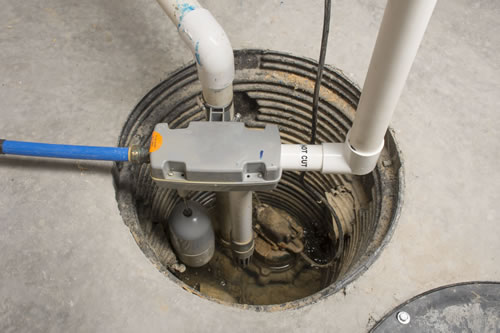
A septic system is vital for commercial and residential properties that aren’t connected to a municipal sewer line. However, these systems comprise various components that enhance efficiency and function, like the sewer ejector tank and pump system, also referred to as the pump-ejector system. A sewage ejector tank is used when a plumbing fixture in your home is located below the main sewer line flowing from your home. The wastewater drains into the septic tank because of gravity, and a plumbing fixture below the septic system requires a sewage ejector pump to elevate the waste, so it flows out properly.
Suppose your home relies on a septic system for waste management. In that case, you must schedule regular professional inspections with a reputable septic company to ensure all the components are in tip-top condition. For example, a sewage ejector pump operates with the same principle as a sump pump, but rather than pumping out rainwater; it lifts wastewater up and out into the septic lines. If your home has a basement, laundry room or bathroom, Septic Connection can help to determine if you need a sewage ejector tank.
As mentioned, homes with the main septic line on a higher level than plumbing fixtures need a pump-ejector system to pump solid waste and wastewater into the main line. If your septic tank is at a higher level than the plumbing fixtures in your basement, then a pump-ejector is installed in the septic drain field system, which is usually the case in rural locations.
When you hire our septic company to conduct routine maintenance checks, we ensure that the sewage ejector tank is functioning as expected and delivers waste to the septic tank without compromising the system. The pumping process starts when wastewater in the sump pump reaches a certain level, and a moveable float activates the pump-ejector system. The wastewater is pumped to the level of the septic line, and solid waste is flashed out into the discharge line. Regular septic tank pumping goes a long way in ensuring a professional look at the entire system for signs of deterioration and address them before they affect the whole system.
The first step is to cut off the water flow into the ejector tank and open the cover for easy access as you drain the water using a manual pump system. It is vital to ensure power to various pumps are shut off and scoop the white/grey substance, which is usually grease. Once this process is complete, sprinkle bleach and tide on all the surfaces and wait for about half an hour before using a toilet brush to scrub it clean.
While this seems like a cost-effective solution, we recommend consulting a reputable septic company for guidance to ensure you use safe products that don’t harm the naturally occurring bacteria in your septic system. For more information on septic tank pumping and maintenance, contact us at Septic Connection and schedule a consultation with our experts. Then, leverage our extensive industry knowledge and expertise to enjoy exceptional septic service at pocket-friendly rates.